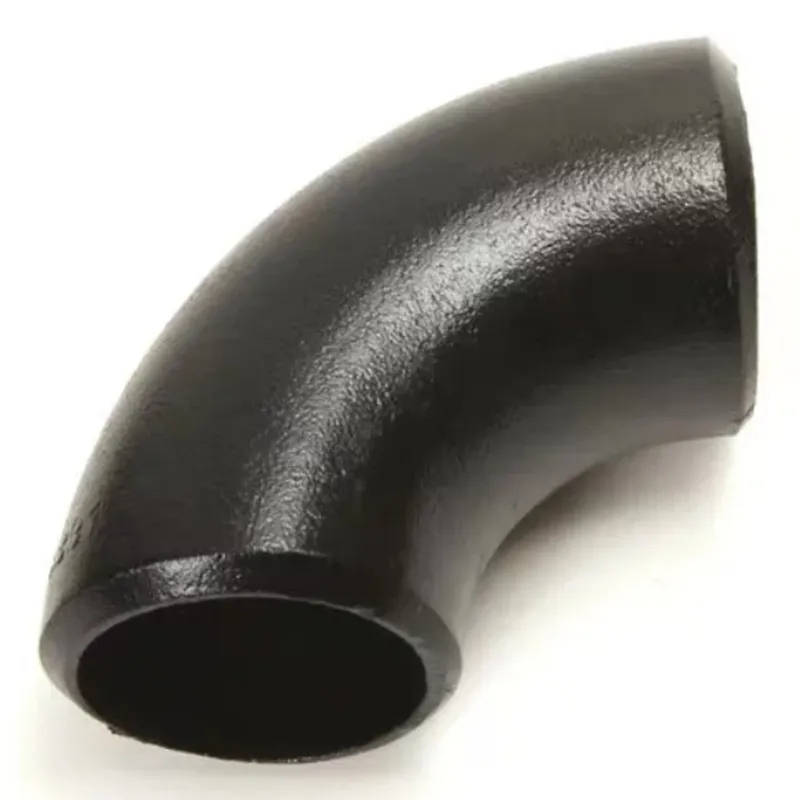-
Cangzhou Yulong Steel Co., Ltd.
-
Phone:
+86 13303177267 -
Email:
admin@ylsteelfittings.com
- English
- Arabic
- Italian
- Spanish
- Portuguese
- German
- kazakh
- Persian
- Greek
- French
- Russian
- Polish
- Thai
- Indonesian
- Vietnamese
- Zulu
- Korean
- Uzbek
- Hindi
- Serbian
- Malay
- Ukrainian
- Gujarati
- Haitian Creole
- hausa
- hawaiian
- Hebrew
- Miao
- Hungarian
- Icelandic
- igbo
- irish
- Japanese
- Javanese
- Kannada
- Khmer
- Rwandese
- Afrikaans
- Albanian
- Amharic
- Armenian
- Azerbaijani
- Basque
- Belarusian
- Bengali
- Bosnian
- Bulgarian
- Catalan
- Cebuano
- China
- China (Taiwan)
- Corsican
- Croatian
- Czech
- Danish
- Esperanto
- Estonian
- Finnish
- Frisian
- Galician
- Georgian
- Kurdish
- Kyrgyz
- Lao
- Latin
- Latvian
- Lithuanian
- Luxembourgish
- Macedonian
- Malgashi
- Malayalam
- Maltese
- Maori
- Marathi
- Mongolian
- Myanmar
- Nepali
- Norwegian
- Norwegian
- Occitan
- Pashto
- Dutch
- Punjabi
- Romanian
- Samoan
- Scottish Gaelic
- Sesotho
- Shona
- Sindhi
- Sinhala
- Slovak
- Slovenian
- Somali
- Sundanese
- Swahili
- Swedish
- Tagalog
- Tajik
- Tamil
- Tatar
- Telugu
- Turkish
- Turkmen
- Urdu
- Uighur
- Welsh
- Bantu
- Yiddish
- Yoruba

Nov . 11, 2024 23:12 Back to list
galvanized pipe schedule
Understanding Galvanized Pipe Schedule A Comprehensive Overview
Galvanized pipes are widely used in various construction and plumbing applications, primarily due to their durability and resistance to corrosion. The galvanized pipe schedule is an essential aspect to consider when selecting pipes for specific uses. This article aims to provide a detailed understanding of what galvanized pipes are, the significance of pipe schedules, and how to choose the right one for your project.
What is Galvanized Pipe?
Galvanized pipe is a type of steel pipe that has been coated with a layer of zinc to prevent rust and corrosion. This process, known as galvanization, involves immersing steel pipes in molten zinc or applying a zinc coating through electroplating. The resulting product enhances the longevity of the pipe, making it suitable for both indoor and outdoor applications, including water supply, drainage, and structural support.
Importance of Pipe Schedule
The term pipe schedule refers to the standardized measurement of the wall thickness of a pipe. It is crucial for determining the strength, capacity, and endurance of a pipe under various conditions. The wall thickness affects the pressure rating and the overall performance of the pipe, making it a vital aspect in construction and plumbing work. Pipe schedules are denoted by numbers, such as Schedule 40 or Schedule 80, with higher numbers indicating thicker walls.
For instance, Schedule 40 galvanized pipes are common for residential water lines, while Schedule 80 pipes, which offer greater strength and pressure handling capabilities, are typically used in commercial and industrial applications where higher pressure systems are involved.
Choosing the Right Galvanized Pipe Schedule
When choosing the correct galvanized pipe schedule, several factors should be considered
galvanized pipe schedule

1. Application Requirements Understand the purpose of the pipe. If it will be used for drinking water systems, a Schedule 40 pipe may suffice. However, if high pressure or heavy loads are expected, opting for a Schedule 80 pipe would be wise.
2. Pressure Ratings Each pipe schedule has a specific pressure rating that determines how much pressure the pipe can withstand before failure. Reviewing the pressure requirements of your system is crucial to ensure safety and effectiveness.
3. Pipe Diameter The diameter of the pipe, along with its schedule, impacts the flow rate of fluids. A thicker wall (higher schedule) has a smaller internal diameter, which may affect fluid dynamics. It’s important to balance between the operational requirements and the chosen pipe schedule.
4. Environmental Factors Consider the environment in which the pipe will be installed. Harsh conditions, such as exposure to chemicals, extreme temperatures, or moisture, might necessitate thicker pipes for enhanced durability.
5. Regulatory Compliance Ensure that the selected galvanized pipe meets local building codes and regulations. Certain jurisdictions have specific requirements regarding materials and pipe schedules for safety standards.
6. Cost Considerations Thicker pipes are generally more expensive. It’s essential to weigh the cost against the benefits offered by higher schedules, such as increased durability and longevity.
Conclusion
Galvanized pipes are a vital component in various construction and plumbing systems, providing an excellent balance between durability, cost-effectiveness, and resistance to corrosion. Understanding galvanized pipe schedules is essential for selecting the right pipe type for your specific needs. By evaluating application requirements, pressure ratings, pipe diameter, environmental factors, regulatory compliance, and cost considerations, you can make informed decisions to ensure the longevity and safety of your plumbing systems.
Ultimately, whether you are undertaking a small DIY project or a large-scale industrial installation, familiarizing yourself with the intricacies of galvanized pipes and their schedules will facilitate better planning and execution, leading to more reliable and efficient systems.
Latest news
-
ANSI 150P SS304 SO FLANGE
NewsFeb.14,2025
-
ASTM A333GR6 STEEL PIPE
NewsJan.20,2025
-
ANSI B16.5 WELDING NECK FLANGE
NewsJan.15,2026
-
ANSI B16.5 SLIP-ON FLANGE
NewsApr.19,2024
-
SABS 1123 FLANGE
NewsJan.15,2025
-
DIN86044 PLATE FLANGE
NewsApr.19,2024
-
DIN2527 BLIND FLANGE
NewsApr.12,2024
-
JIS B2311 Butt-Welding Fittings LR/SR 45°/90° /180°Seamless/Weld
NewsApr.23,2024











